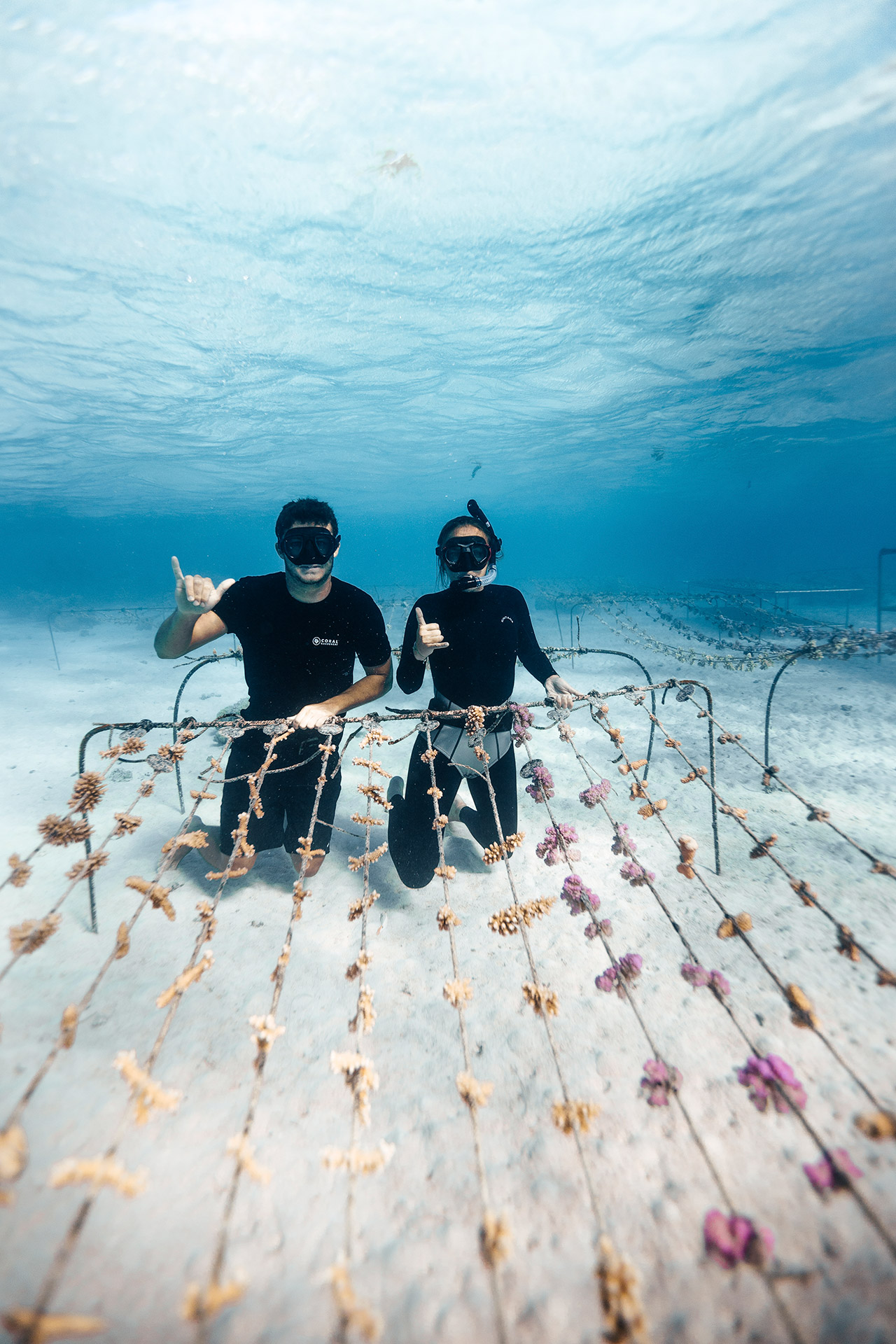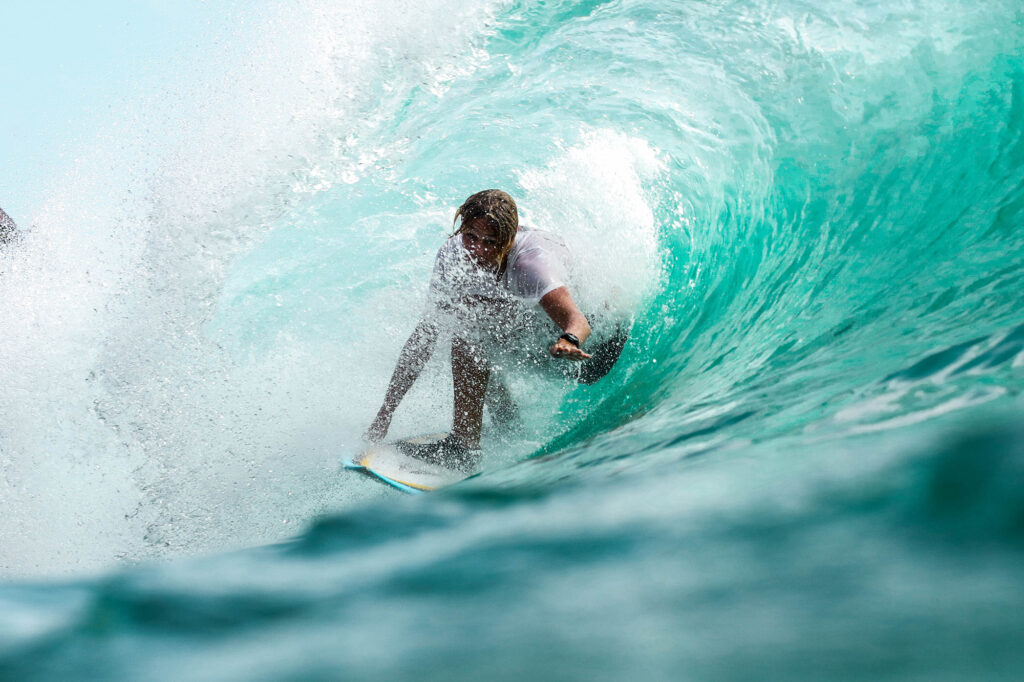The ocean covers over 70% of our planet’s surface, and its health is critical to all life on Earth.
25% of all known species live in the ocean; three in seven people rely on seafood from the ocean for animal-based protein as part of their diet; the ocean is a massive job creator, with 60 million people employed globally in the fishing and aquaculture industries alone.
The ocean is also responsible for generating about half of the world’s oxygen. It helps to absorb heat and regulate the global temperature, which impacts our weather and the inhabitability of the planet.
But from overfishing to illegal fishing, from rapid coastal development and pollution to seabed mining and climate change, our ocean is under threat from human activities.
Large marine protected areas can help. But what are they exactly?
A marine protected area – or MPA – is a defined geographical area of water that is managed to achieve the long-term conservation of nature and biodiversity.
In these areas, fishing and other human activity is restricted, which allows depleted populations to recover while protecting key species and vulnerable habitats.
Over time, fully protected areas result in more and bigger fish and greater biodiversity, benefitting fisheries, highly migratory species, and offering economic benefits, building resilience to the impacts of climate change and safeguarding traditional cultures linked to the sea.

An MPA needs to have essential characteristics
- Conservation focused: first and foremost, to meet the global standards for marine protected areas, an area has to be designed with conservation as its primary purpose
- Defined goals and objectives: The goals and objectives need to be clear and defined, for example, we need to be able to say what we are protecting, what we are protecting it from.
- A suitable size, location, and design: MPAs need to protect places that can still benefit from conservation. Placing them in an ocean dead zone or in an area that has been destroyed by destructive fishing makes it difficult to deliver on conservation benefits. They also need to be large enough and have sufficient protections in their design to deliver conservation benefits.
- Designed to deliver benefits: This is where we get the P in MPA. They need to offer protection from human activities. Allowing industrial extraction activity in an area means it does not meet the International Union for Conservation of Nature’s (IUCN) standards for an MPA.
- Defined boundaries: Its boundaries must be established, legally designated and recognized by the country controlling its waters.
- Management plan: Successful MPAs have clear and detailed management plans that explain how monitoring, enforcement and other forms of management will take place.
- Resources and capacity for implementation: For an MPA to meet the IUCN’s standards, it requires sufficient levels of funding and staff that will allow it to deliver conservation benefits.
Effective MPAs share 5 traits:
- No take – No fishing is allowed to take place.
- Well-Enforced – These are MPAs where there is both effective monitoring and enforcement as well as capacity to fund and staff these activitis.
- Old – This applies to MPAs in place longer than 10 years. Many of the larger MPAs are still young, but several should be reaching this point soon
- Large – MPAs larger than 100 km2 produce greater benefits.
- Isolated – Protected areas further from coastal impacts and human populations deliver more benefits
A decade ago, many countries questioned the value of fully protected marine areas, but the tide began to turn in 2010, with the goal under the auspices of the U.N. Convention on Biological Diversity of collectively conserving at least 10% of coastal and marine areas by 2020. A wave of marine protection designations followed across the globe.
The last decade has shown it is possible to put conservation ideas into action.
Yet today, less than 3% of the ocean is fully or highly protected from fishing impacts.
There is now a growing global call to protect at least 30% of our ocean is clear – more than 100 countries and the EU support this target. And the coming decade will present many opportunities for leaders to deliver on the conservation commitments.
Protecting the ocean, this fragile and essential resource, will require bold leadership. After all, life as we know it only exists because of our ocean.



